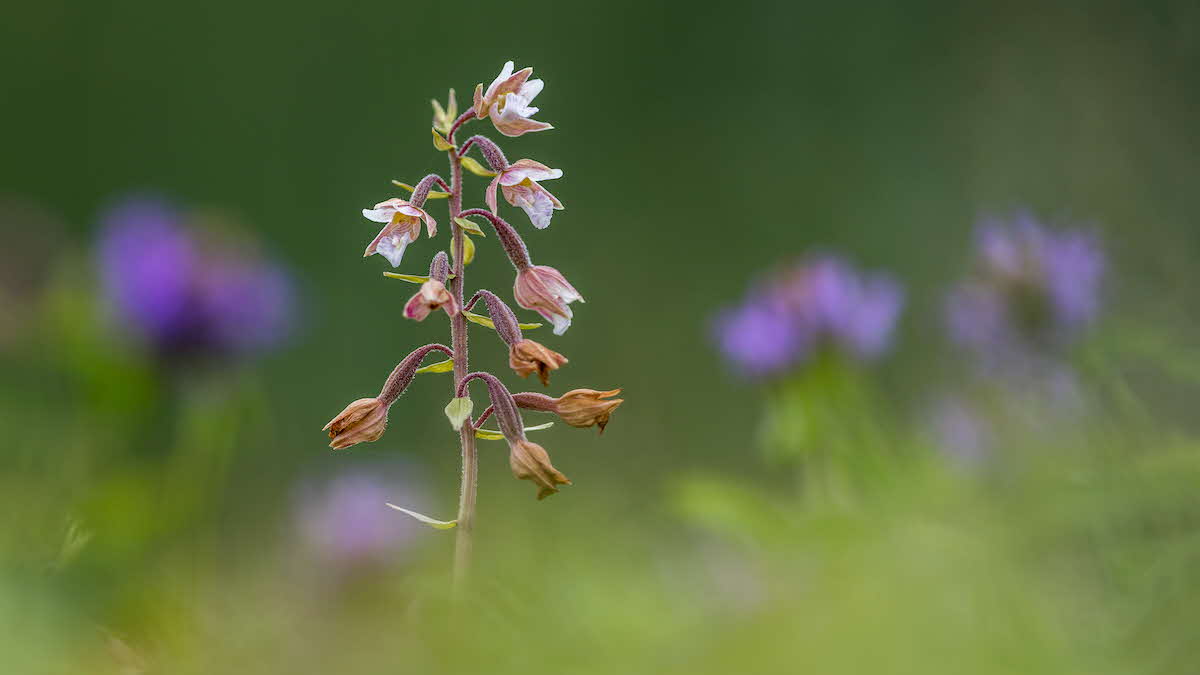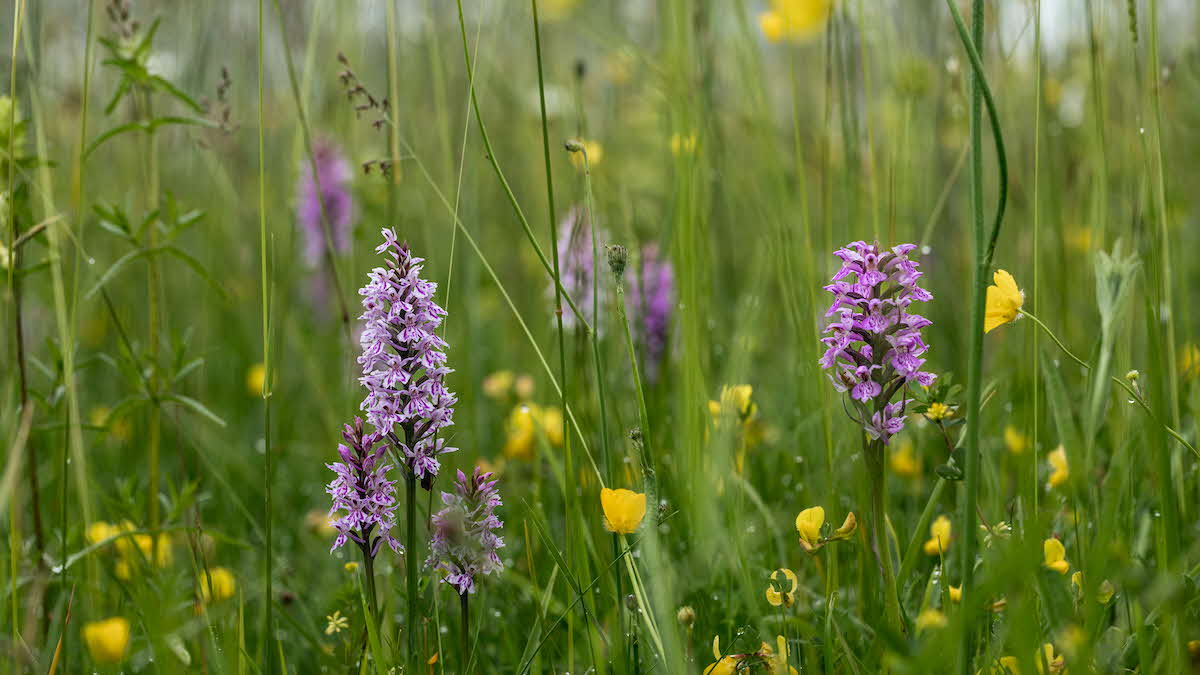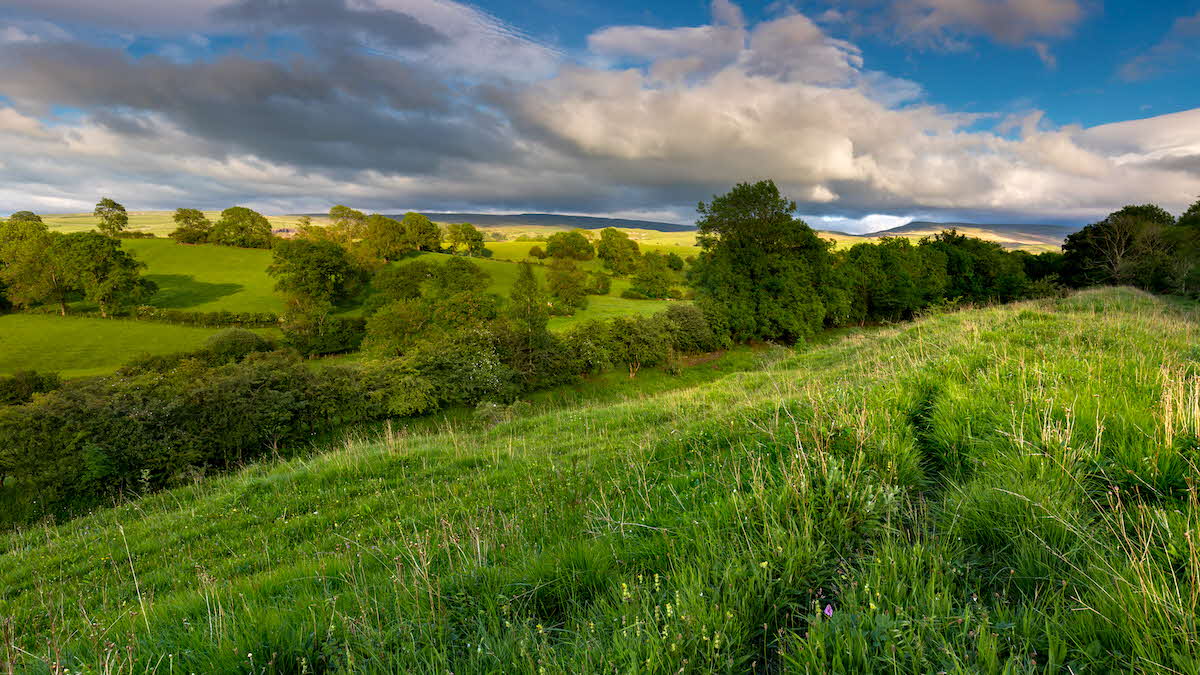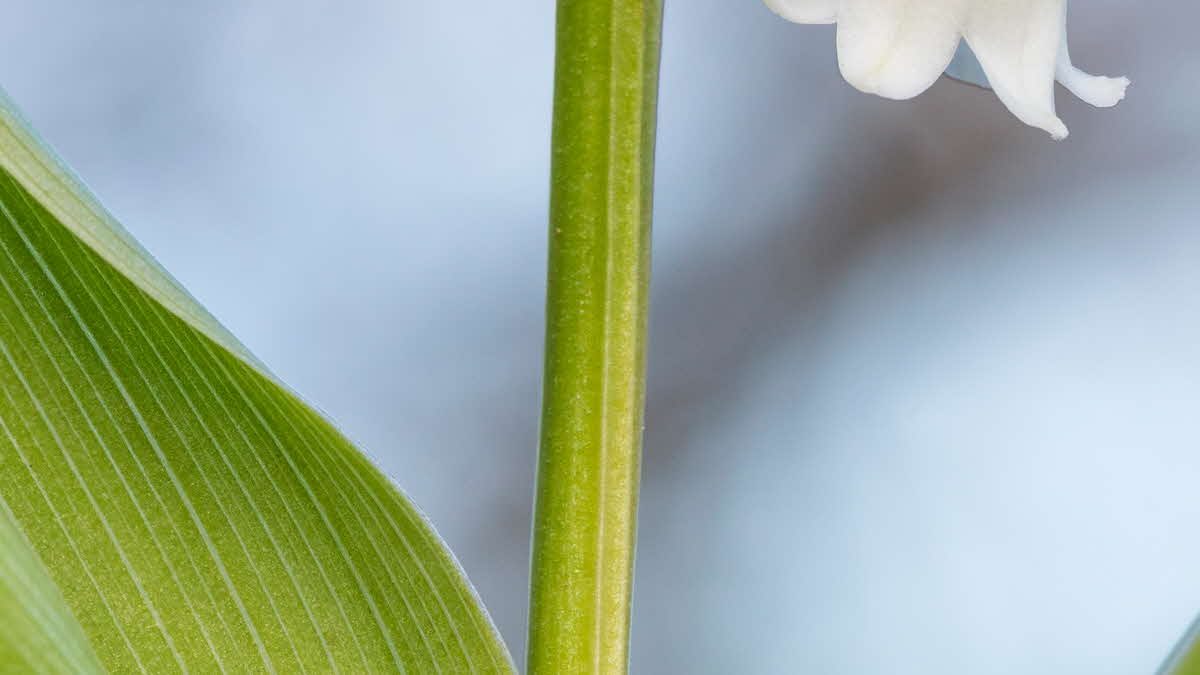Top nature campsites
You’ll be amazed at the variety of animals to spot on some of our Club campsites
View our top nature campsitesOrchids are probably our most highly celebrated, beautiful and wonderfully varied family of flowers. David Chapman examines the key features of our native orchids, as well as where and when to look for them...
 Marsh helleborine
Marsh helleborine
The most obvious feature of an orchid is its stem with a spike of flowers towards the top. Where present, the leaves of orchids are always straight with parallel veins, but these characteristics are also present in other species of flower, such as autumn squill, lilies and wild garlic. To be sure we have an orchid we must take a closer look at the individual flowers.
Orchid flowers comprise three petals, slightly behind which are three sepals. The lower (middle) petal is often larger and more complex than the others, and it is the shape and size of this petal which generally identifies the orchid. Joining the flower to the stem is a swollen tube which contains the ovary. This is known as an ‘inferior ovary’ because it sits behind the flower.
Rather frustratingly, not all orchids are called orchids! Out of the 50 or-so orchids in Britain, 11 feature one-sided flower spikes and are known as helleborines, two have paired leaves and are called twayblades, and four are called lady’s-tresses because their flowers have a plaited form.
 Common spotted orchids at Clattinger Farm in Wiltshire
Common spotted orchids at Clattinger Farm in Wiltshire
Orchids can be found throughout Britain. More species tend to favour chalk and limestone over other types of rock, and more types are found in the south-east of England than anywhere else. Most grow in meadows, though some can be found in woodlands or on roadside verges, dunes and marshland.
Like most wildflowers, orchids grow best in unfertilised ground because there is less competition from more dominant species of grass and scrub. Orchid-rich meadows are not as common as they once were; most of the best remaining sites are on nature reserves where some form of long-term management, such as conservation grazing, is used to prevent scrub taking over.
The earliest orchids such as early spider, green-winged, early purple and bird’s-nest, occur from mid-to late-April, but the season really kicks off in mid-May and continues through to the end of July. After this, the number of varieties reduces significantly, ending with the aptly named autumn lady’s-tresses in mid-September.

Here, I will talk about a few really good locations I have visited, and give a flavour of what can be seen there.

Every month I will show you a photo of something from the natural world. It might be a close-up, or a subject that is difficult to identify. All you have to do is figure out what it is! Here is this month’s photo; no clues or prizes – it’s just for fun. (I will give you the answer next month, but if you can’t wait, log in to the Digital Magazine.)
The subject of April’s mystery photo was: snake’s head fritillary.